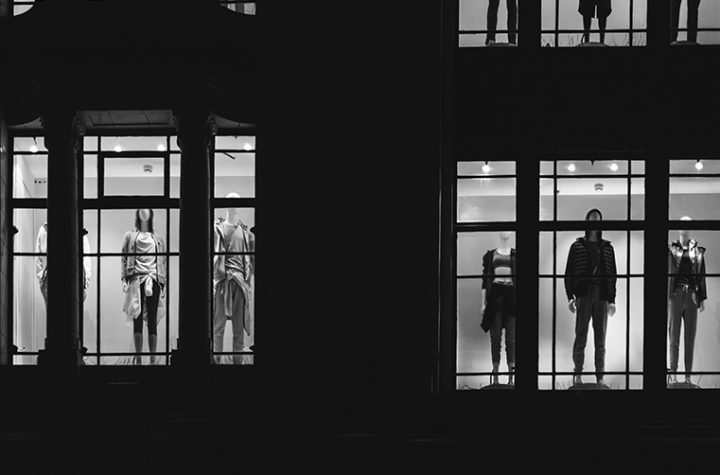
The worlds biggest aircraft maker, Airbus, unveiled historic designs for hydrogen-fuelled passenger planes a week ago.
A few days later, the worlds first sizeable aircraft to be powered by hydrogen took flight. It was piloted by start-up ZeroAvia, based in California and Cranfield, England. A commercial launch might be just three years away, it says.
Airbus’ ZEROe turbofan concept design. The extra weight and space involved would probably make hydrogen uneconomic for long-range aircraft.
As aviation comes under pressure to curb emissions, investment in hydrogen is being stepped up. Hopes of using battery technology as a green alternative to jet fuel are fading. Batteries are just too heavy for long flights, given their low energy density. Airbus, with Rolls-Royce, closed a demonstrator project in April.
Hydrogen has limitations too, but they are less serious. Fuel tanks would need to be four times larger than those used now. The extra weight and space involved would probably make hydrogen uneconomic for long-range aircraft.
Costs per passenger could rise by as much as half, though by much less for shorter-range planes, according to McKinsey. More work needs to be done on efficient refuelling technologies. Assuaging safety concerns will be vital. The Hindenburg airship disaster was more than 80 years ago but retains a grip on the popular imagination.




More Stories
The South Australian government has promised to deliver the “biggest hit of economic adrenalin in South Australian history” in Tuesday’s budget.
Boris Johnson will proceed with his controversial Brexit bill despite US president-elect Joe Biden having previously warned the UK over the draft legislation.
Singapore-based Nektar.ai, a productivity platform for sales teams, has raised $2.15 million in seed funding. Founded earlier this year, Nektar has been working in stealth mode with five companies, and has plans for an early adopter release before a public la…